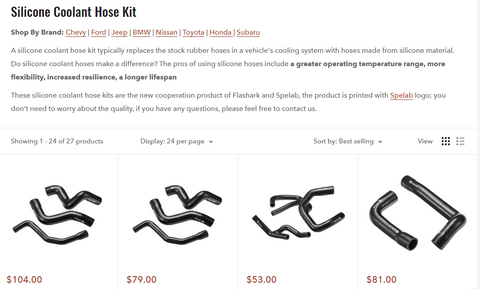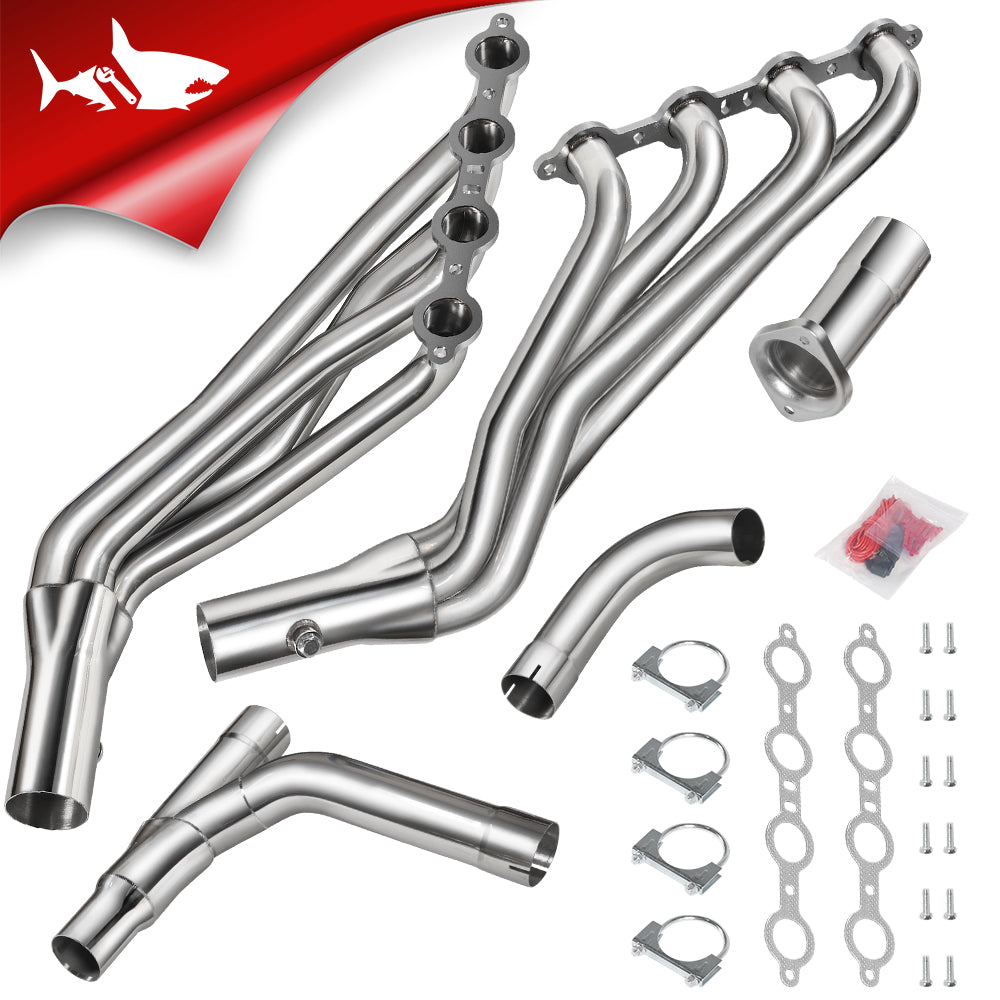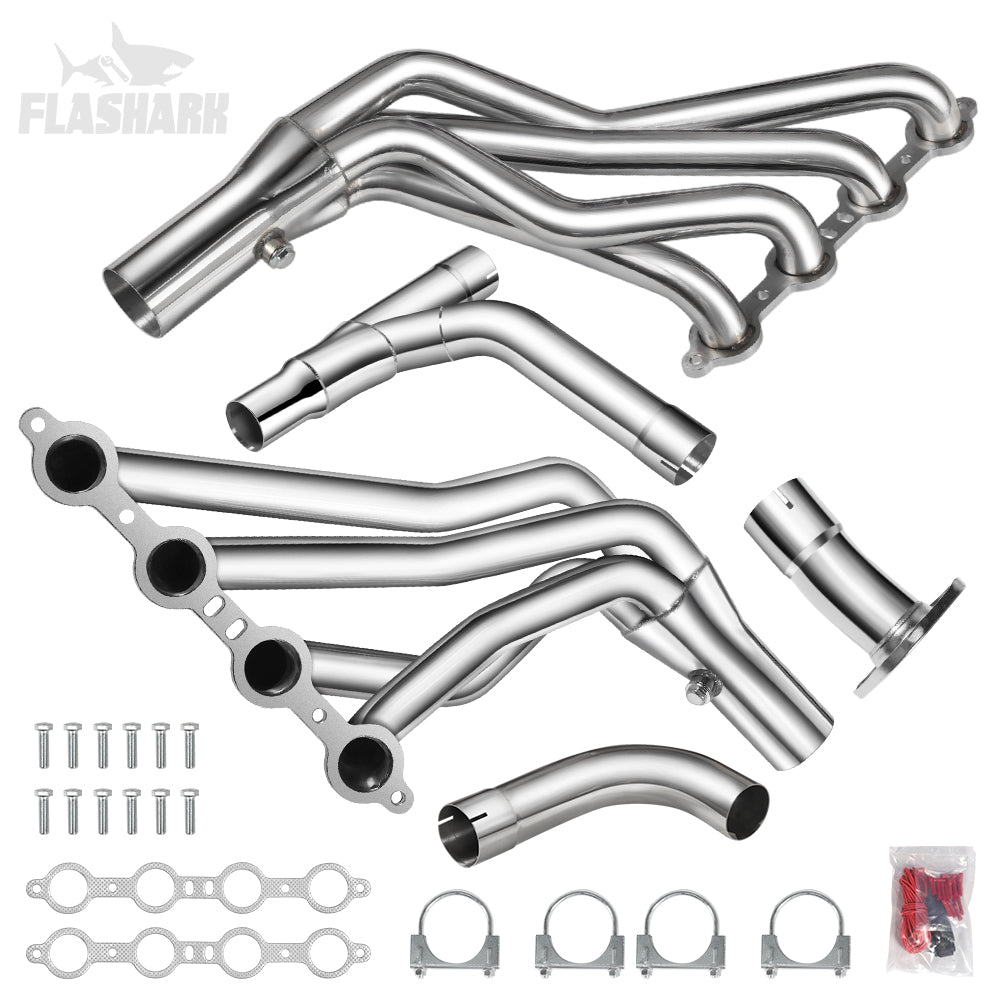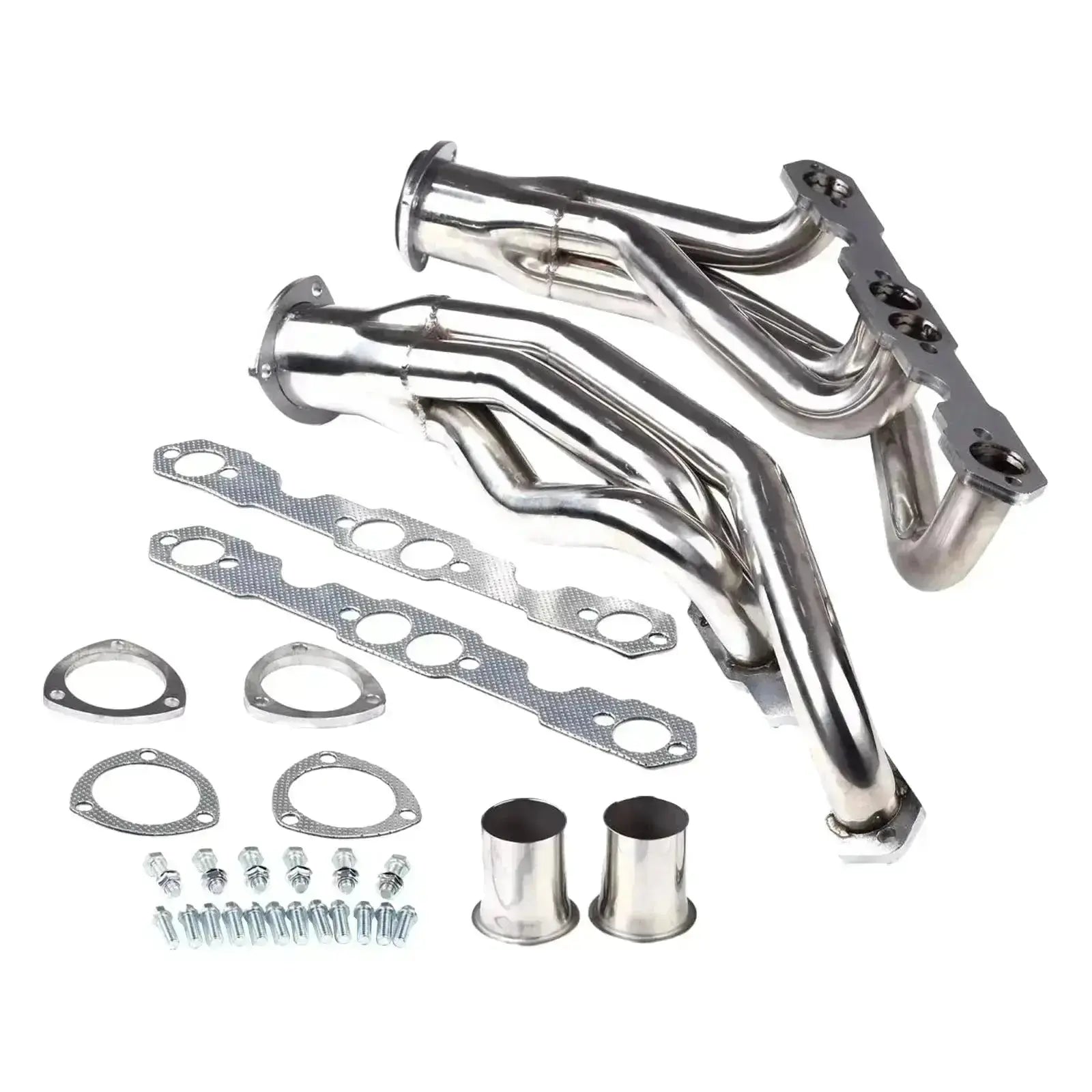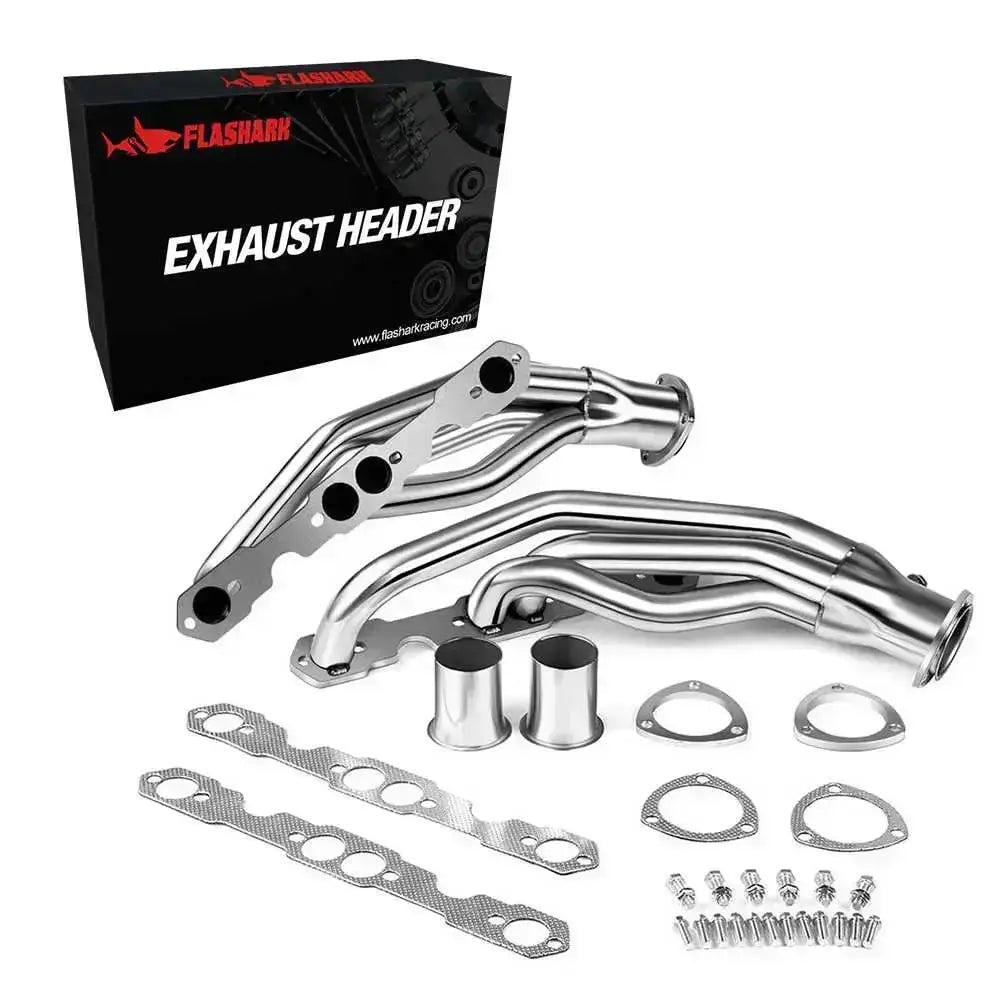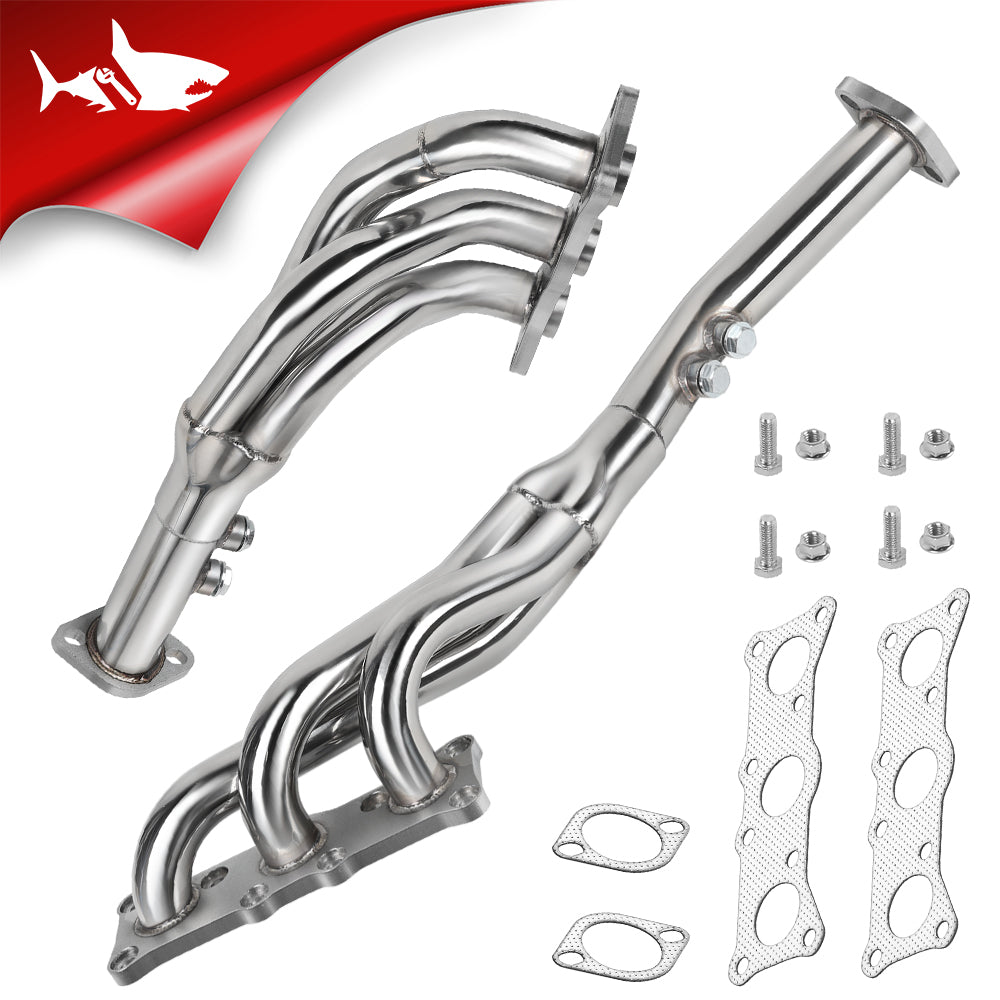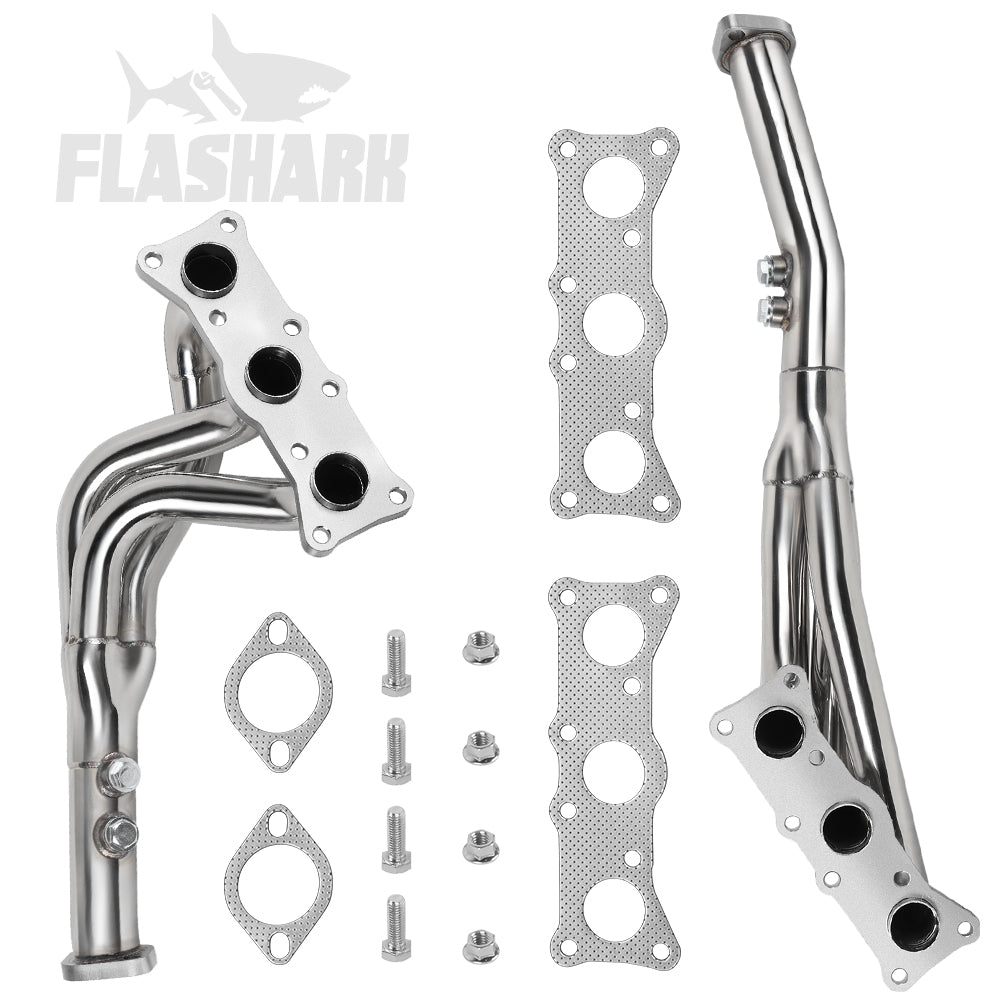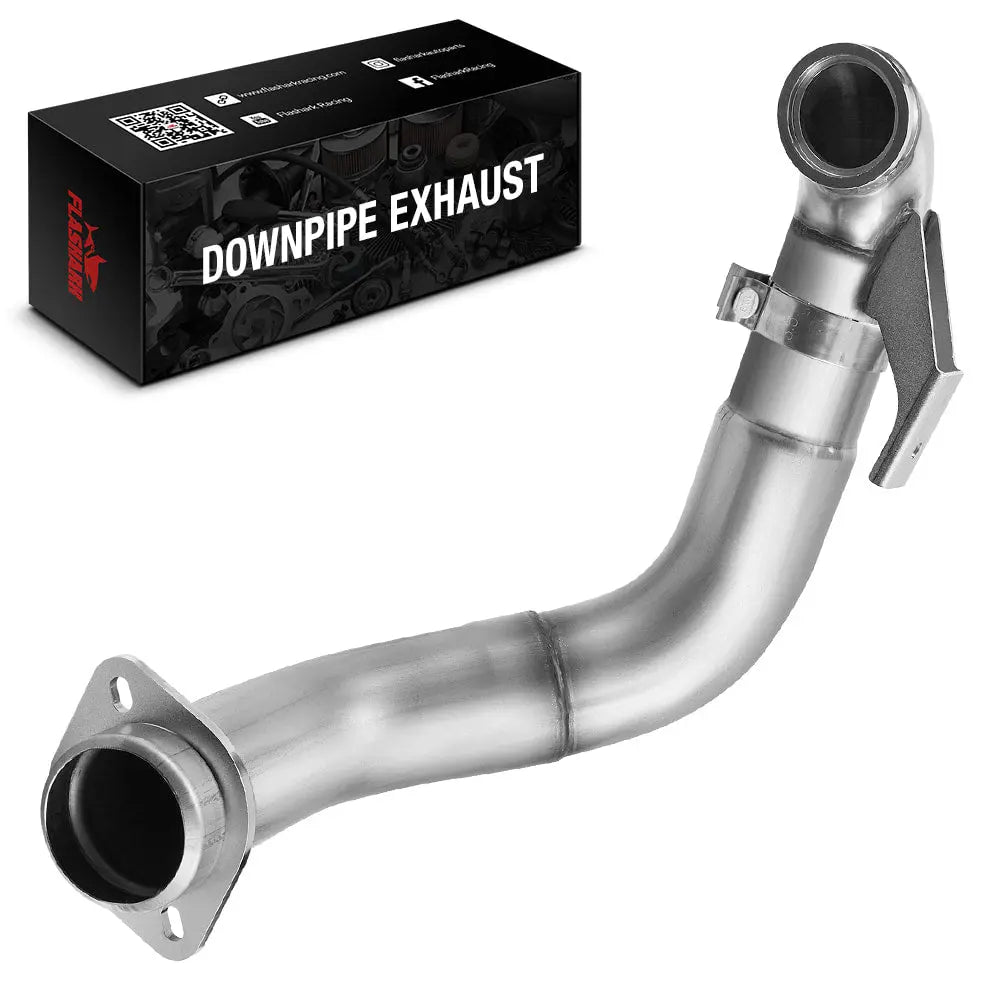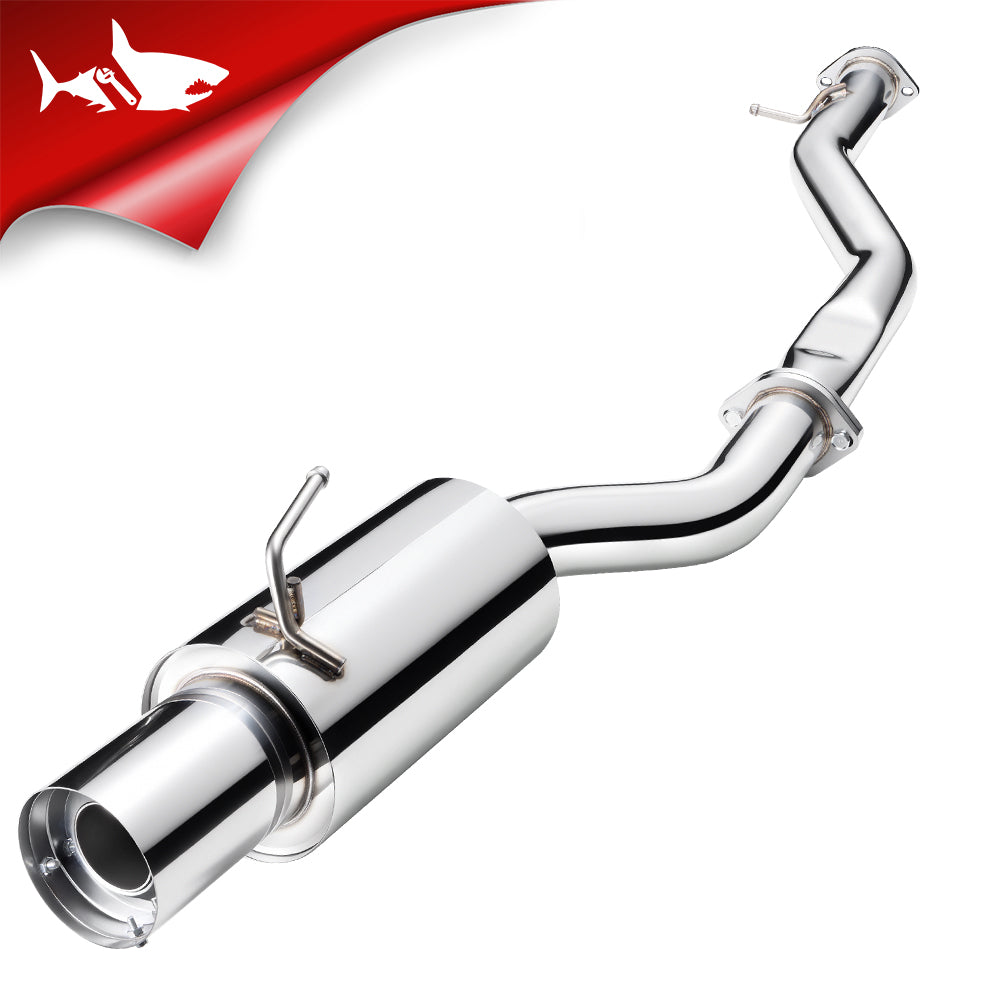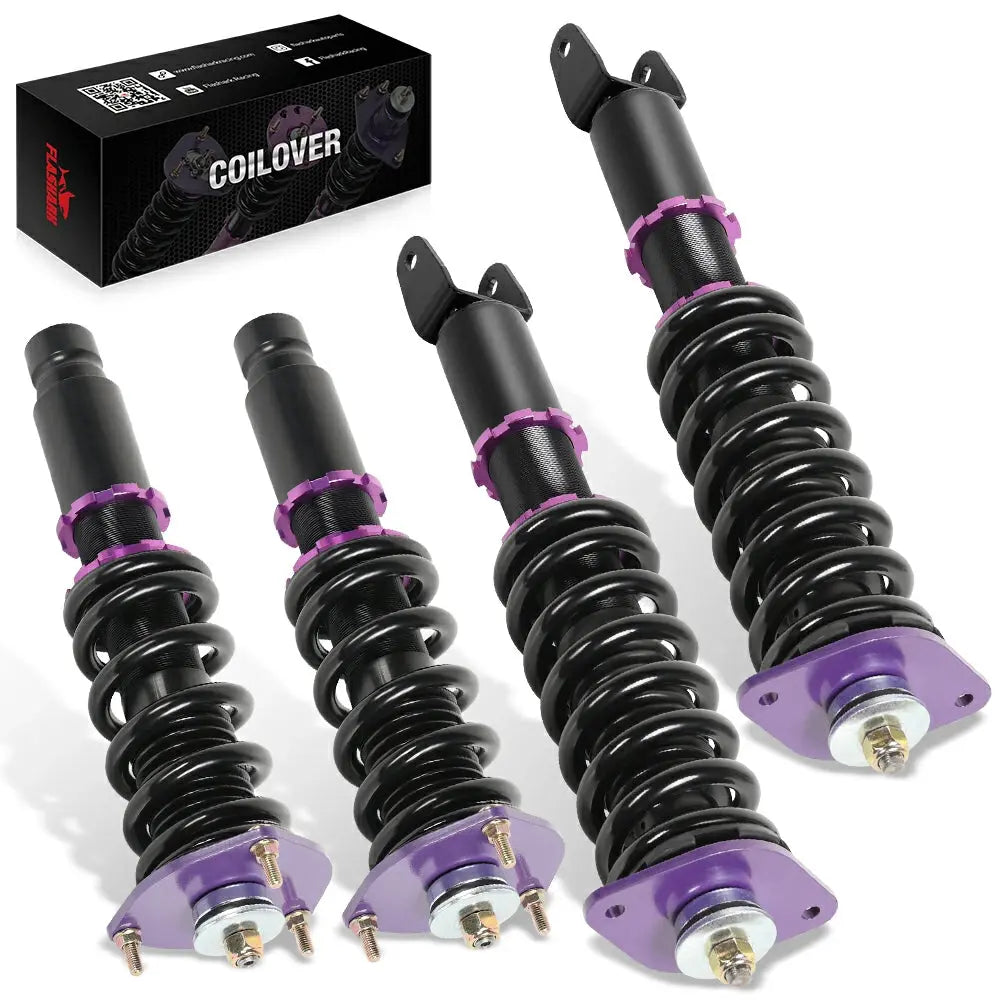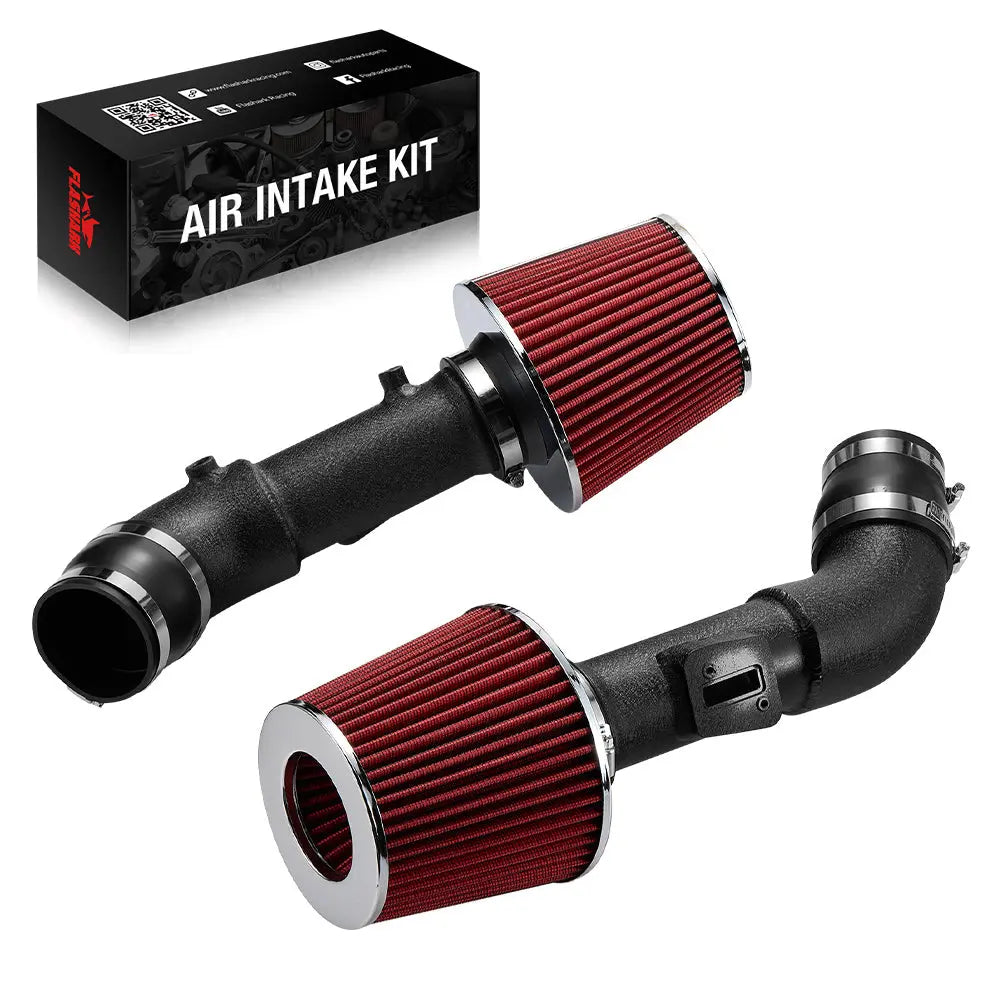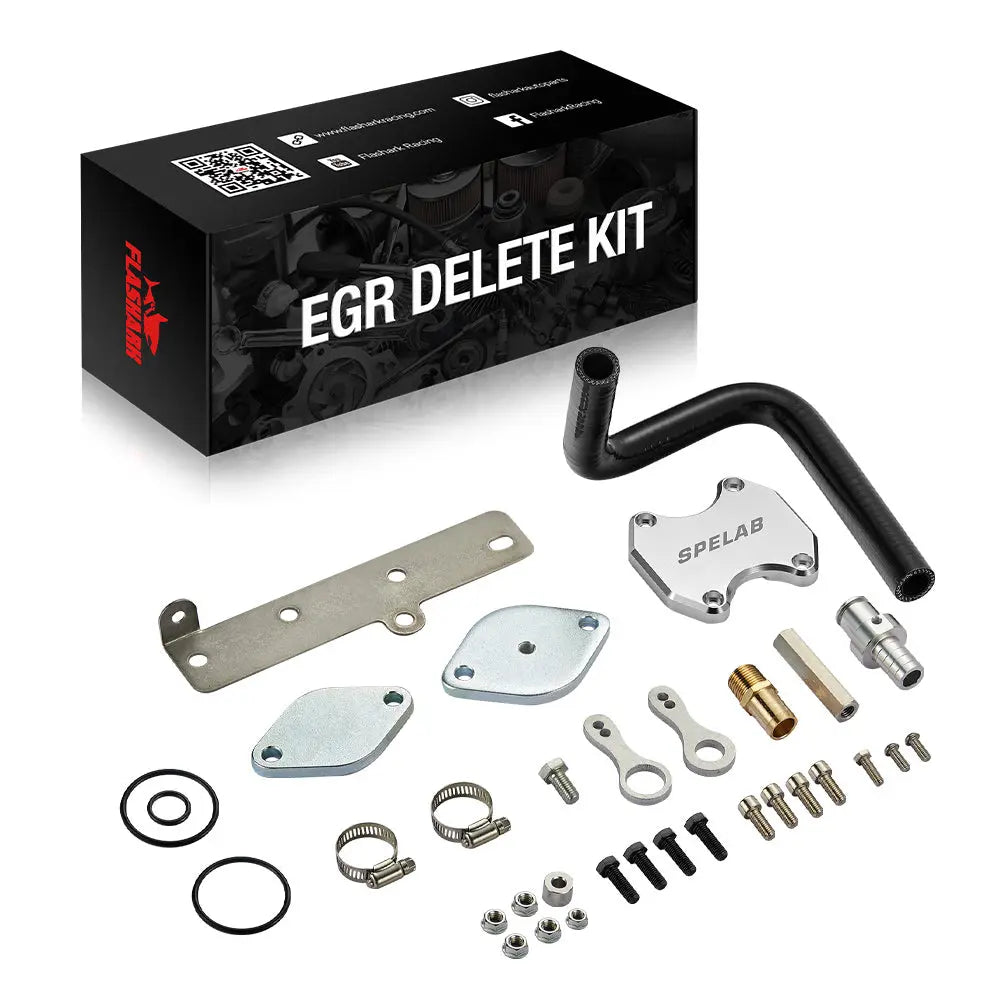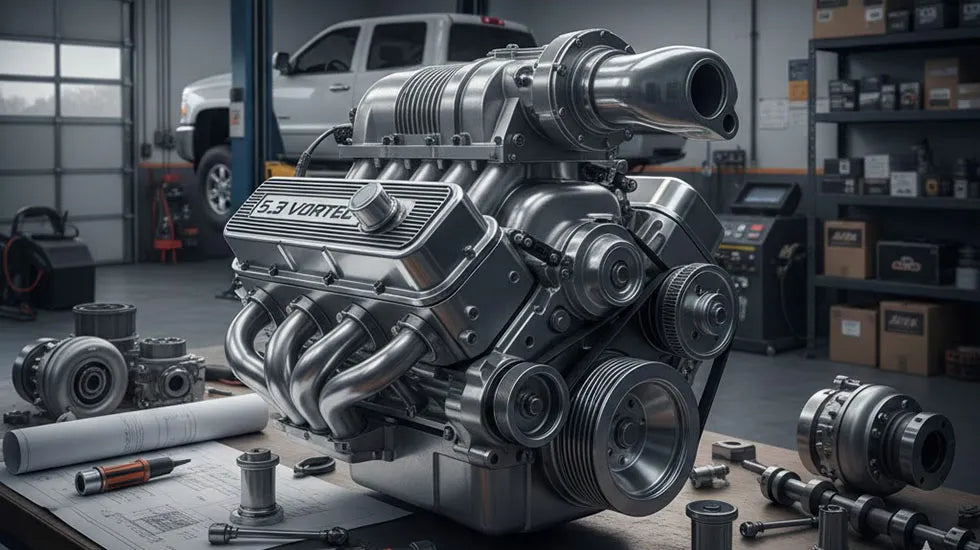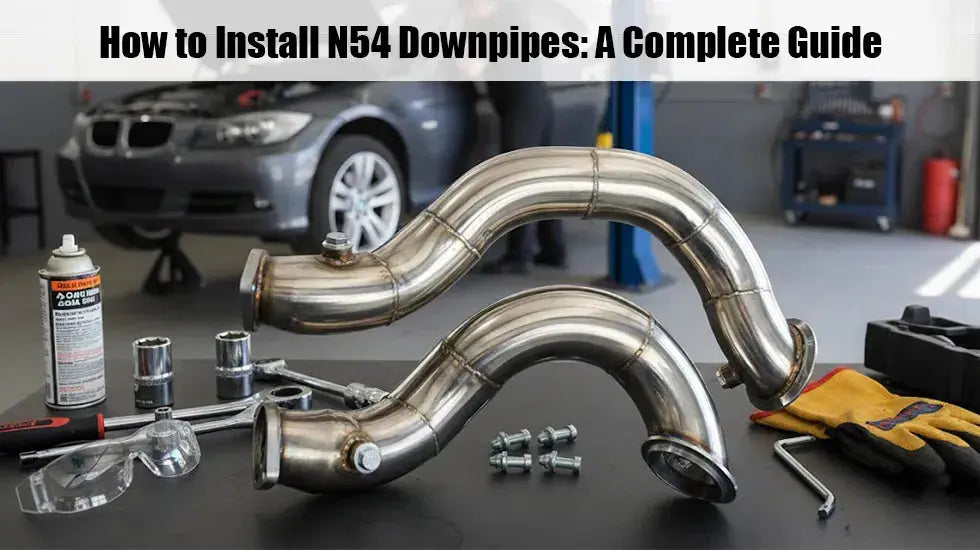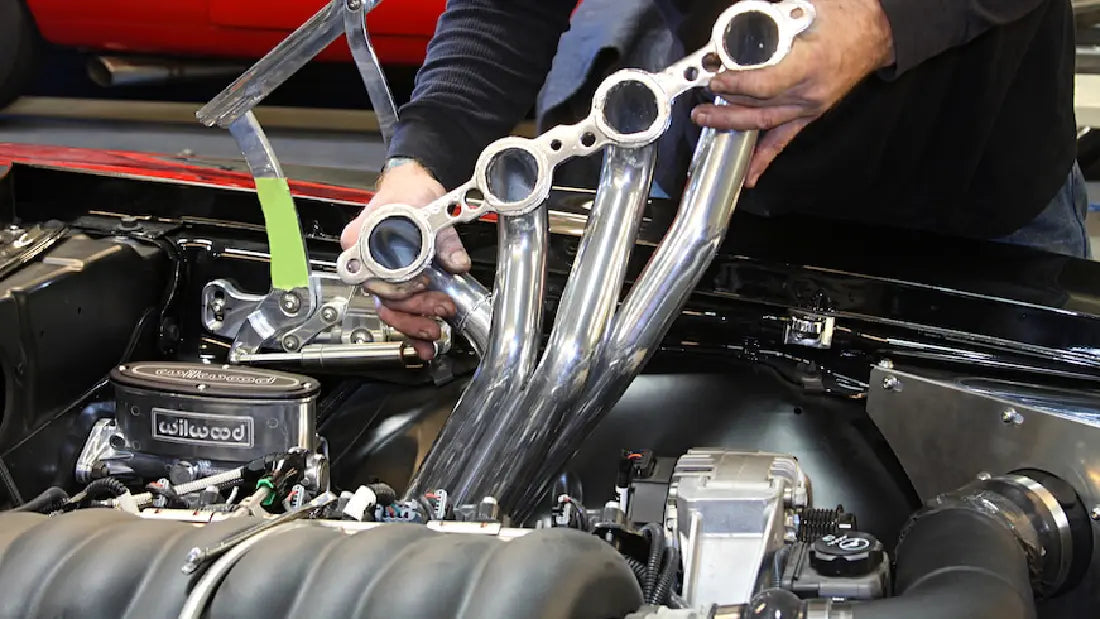Engine coolant hoses are one of those components that modern vehicle owners often neglect and are no longer part of regular preventive maintenance. They have become one of those components that go unnoticed until something happens and it’s too late.
Cars have been using rubber radiator and coolant hoses for years and, even though they have evolved significantly over the years, they have their drawbacks and limited durability.
In the last two decades, as many other innovations originated in motorsport racing, silicone radiator hoses became an aftermarket, high-performance, and super-durable alternative to traditional rubber hoses.
In this article, you will find insight into both technologies and tips to upgrade your vehicle’s cooling system and prevent unexpected leaks or worse.
Rubber Radiator Hoses Explained
Radiator hoses have been made of rubber for almost a century. Even when vehicle manufacturers used the best materials available at their time, they were far from being durable and reliable. They deteriorated quickly, and it was common to replace them every about five years to prevent issues. As materials evolved, radiator hoses improved, and they stopped being part of vehicles’ preventive maintenance schedules. However, rubber radiator hoses eventually fail, still in our days, and of course, they do when you least expect it and need your vehicle the most; call it Murphy’s law or bad luck.
Most coolant hoses are multi-layered, with one or two threads between layers to prevent them from expanding. In the past, threads were made of cotton fibers, which were replaced over time by stronger, synthetic materials like nylon and polyester.

Radiator hoses endure significant strain from the engine's heating and cooling cycles. As the engine raises its temperature, the coolant expands, pressing hard against the hoses. Also, the high-pressure coolant circulating through the system exerts further force over the hoses while the engine is running, which may weaken some areas, making them prone to leaks, tears, and bursts.
It’s important to note that the threads are designed to contain the pressure and prevent the rubber from expanding excessively. With the passing of time, the threads weaken, and the rubber is more affected by pressure. Sometimes, one or more threads break, allowing all the pressure to go through and creating bulges in the hoses. Eventually, all rubber hoses suffer a certain degree of swelling at some point in their lifetime.
Another factor that affects rubber hoses is engine overheating. Even the slightest failure, like a broken thermostat, may excessively increase the coolant temperature, resulting in higher pressure and more strain on the radiator hoses. Even the newest rubber hoses, made from resistant compounds like EPDM (Ethylene Propylene Diene Monomer), tend to expand, especially when subjected to excessive pressure.
In addition, rubber degrades by prolonged contact with coolant, especially when using low-quality products that are more aggressive with rubber, UV ray exposure, environmental factors like heat, contact with fuel, oil, steering fluid, and other chemicals and vapors found on engines. This deterioration can weaken or harden the rubber, affecting its ability to adapt to constant expansion and contraction, leading to cracks and failure.
Lastly, mechanical damage caused by an accident, improper installation, or other problems may result in rubbing against other harder engine components, causing tears and punctures.

Silicone Radiator Hoses Explained
Silicone radiator hoses are multi-layered, featuring several reinforcing threads of strong materials specially designed to prevent swelling produced by high-pressure coolant and collapsing due to sudden temperature changes. Silicone coolant hoses endure higher pressures and temperatures than their rubber counterparts. They are also UV, oxygen, and ozone resistant, which means they will last years without cracking, crystalizing, or hardening.
Silicone radiator hoses are excellent vibration isolators, which makes them less prone to damage or loosening by engine vibrations or harsh driving conditions. Also, the lifespan of silicone hoses is not affected by coolants, additives, and corrosion; however, you should always use high-quality products to protect your engine’s cooling system, especially the radiator and water pump.
Besides, even though silicone radiator hoses are not oil and fuel-resistant, they don’t deteriorate as fast as rubber coolant ones. Lastly, silicone radiator hoses are more resistant to punctures and mechanical damage like friction than their rubber counterparts, making them an excellent choice when building an engine or replacing a hose.
Final Words And Advice
Whether you are tuning your engine, making repairs, or replacing old, cracked rubber hoses, silicone hoses are the way to go. Silicone hoses increase your cooling system’s performance because they allow coolant to run more freely, without less restrictive sharp bends, and they don’t expand, ensuring optimum performance at high temperatures and after several years of use. Tuned engines tend to run at slightly higher temperatures than stock. If you improve your engine’s cooling system with a high-flow water pump and other mods, you will definitely want to make sure that your old hoses are replaced by high-performance hoses made to last and endure the extra load.
When you replace an old hose coolant hose in your car, it’s tempting to replace it with a better-performing, long-lasting silicone radiator or coolant hose, especially in old models where OEM hoses are hard to find. You know that in case of finding an OE replacement, it might have been stored on the shelf for ages and, even if it doesn’t, it won’t have the same qualities as a silicone radiator hose. However, it’s essential to consider the condition of your vehicle’s coolant hoses. Replacing just that broken one may only be a temporary solution and a big gamble; you don’t know when the next hose will blow. When building an engine or replacing a hose, it’s always advisable to replace all hoses and purchase a full silicone coolant hose kit. In this way, you will be sure to refresh your cooling system with the most advanced materials available at a fantastic price. Besides, a brand-new silicone coolant hose kit will make your engine look amazing, and you will have the peace of mind that you won’t longer experience hose-related problems.
Read More:
👉 A Comprehensive Guide On Silicone Coolant Hoses

